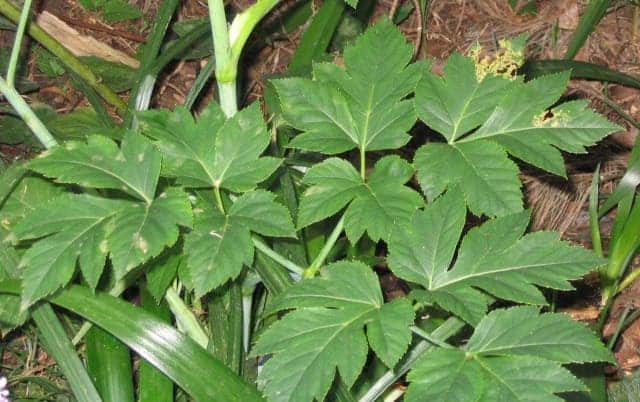The compound was found in a herbal plant from Japan. So far, it has been shown to be effective on yeast, worms, and cultured human cells.

Aging causes very specific changes in cells. Most anti-aging treatments attempt to combat these changes, usually targetting a process called autophagy. Autophagy is the cells’ recycling program, removing damaged cellular components so that new, healthier ones can take their place. Compromised autophagy can also result in degenerative diseases.
Frank Madeo and colleagues from Graz University in Austria screened a group of flavonoids, a group of plant-derived molecules known to promote cellular health and associated with a wide variety of potential health benefits. They identified a particular flavonoid, 4,4’-dimethoxychalcone (DMC) as a potential life-span extending treatment.
The compound is commonly found in Angelica keiskei koidzumi leaves, a plant also known by its native Japanese name of Ashitaba (meaning “tomorrow’s leaf”). Ashitaba belongs to the carrot family and has long been used in traditional Japanese medicine. However, its alleged beneficial properties haven’t been thoroughly demonstrated in living animals — until now.
“Notably, we identify DMC in the plant Angelica keiskei koidzumi, to which longevity- and health-promoting effects are ascribed in Asian traditional medicine,” researchers write in the study.
They tested it on yeast, worms, and fruit flies, confirming its potential. They then moved on cultured to human cells and mice studies. Treatment with DMC protected heart cells in mice after prolonged myocardial ischemia (reduced blood flow to the heart) leading to a smaller area of tissue death. The protective effects were found to be associated with increased autophagy, leading to systemic metabolic changes.
However, this doesn’t mean that you should start eating Ashitaba every day. For starters, researchers harvested the DMC and administered the concentrated compound. This isn’t a new wonder compound, it’s not amazing natural therapy — it’s a promising preliminary study, but it’s still just that: a preliminary study. Proving its efficacy on yeast and worms is one thing, and turning to live humans is a completely different thing. Even studies on mammals rarely translate to humans and cultured cells are also rarely a good substitute — many treatments work in a Petri dish without necessarily translating to a living body.
These observations offer promising potential. Promoting autophagy can result in longevity extension, but aditional research is required to confirm just how useful and efficient this treatment can be in humans.
The study “The flavonoid 4,4′-dimethoxychalcone promotes autophagy-dependent longevity across species” has been published in Nature. DOI 10.1038/s41467-019-08555-w






